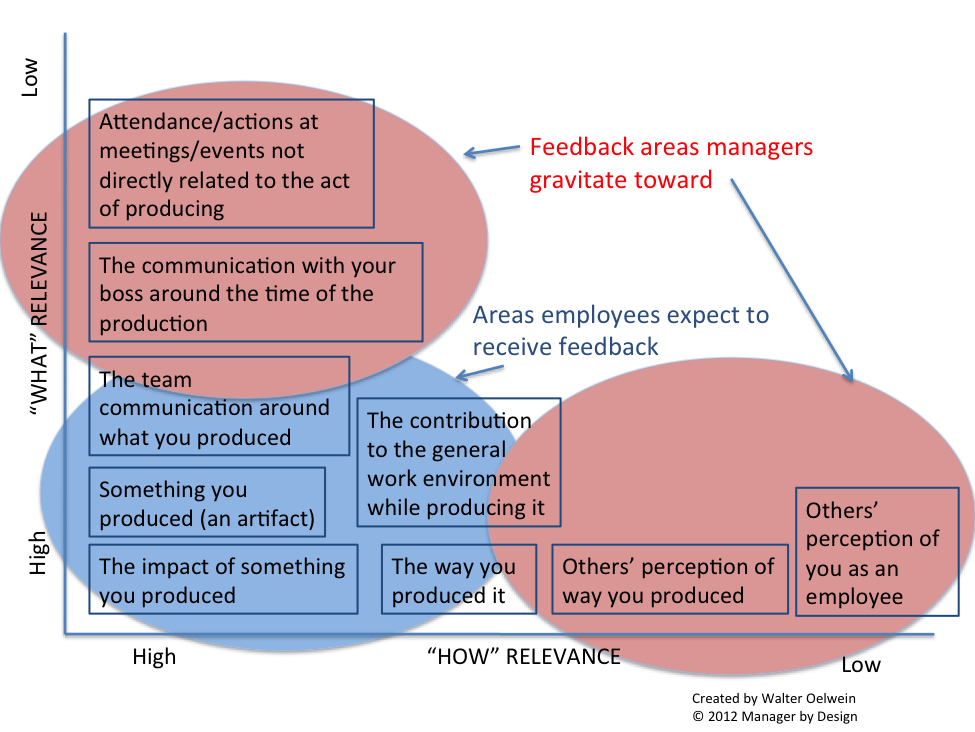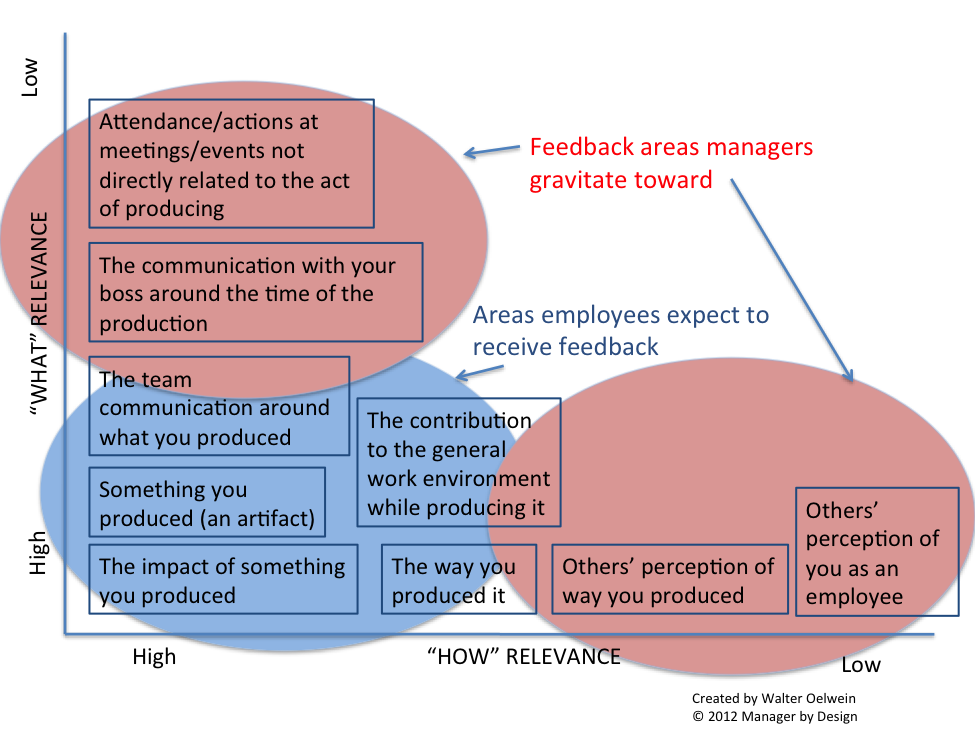Using perceptions to manage: Three more reasons “There’s a perception that. . .” should be removed from a manager’s vocabulary
This article is a continuation of a series on a common manager mistake: Using perceptions to give feedback to employees. Think about a manager who says, “There’s a perception that. . . you are having a tough time at work” or “There’s a perception that things don’t come easily to you” (and all of the other perceptions that may or may not be out there).
In my previous article, I described how this doesn’t meet the standard of performance feedback, it shifts performance to a phantom job of managing perceptions, and it transitions the manager away from the role of setting the tone for the team.
In today’s article, I cite more reasons using “there’s a perception that. . .” is hazardous. This time with the focus on the inherent difficulty of managing perceptions, or managing to perceptions
4. It doesn’t really matter if the perception reflects what is true
One of the impressive things about the line, “There’s a perception that. . .” is that it doesn’t matter if the perceptions are true. In fact, if a manager is resorting to the “There’s a perception that. . .” line, the perception is by definition a candidate for being false. Because if the perception were true, then the manager wouldn’t have to use the “there’s a perception that. . .” line. For example, compare the following:
a) “There’s a perception that you are always late.”
b) “You are always late.”
In option a, it doesn’t matter if the employee is always late or not. That’s not what’s being debated. In option b, the employee can (and should) debate the actual frequency of being late (since it is highly unlikely that the employee is always late). However, the perception can be true. So if the manager uses the “perceptions” qualifier, it shuts down the ability to pursue what is true.
Using perceptions to manage: Three reasons why this messes things up
Today I start a series of articles on managers using perceptions to manage. A common way that managers attempt to do this is to use perceptions as a way of giving performance feedback and starting conversations with “There’s a perception that. . .” This is an indicator that the manager is attempting to manage perceptions. Here’s what I mean:
Have you ever had a manager give you feedback that starts with the words, “There’s a perception that. . .”? It may sound like this:
“There’s a perception that you aren’t delivering.”
“There’s a perception that you aren’t keeping up.”
“There’s a perception that you’re always late.”
“There’s a perception that you aren’t a team player.”
Managers who use the phrase, “There’s a perception that . . .” are attempting to manage perceptions. Here are the reasons that the phrase, “There’s a perception that. . .” need to be removed from a manager’s vocabulary and the effort to manage perceptions need to be refocused to other pursuits:
1. This may be feedback, but it isn’t Performance Feedback.
Managers attempt to manage perceptions via giving feedback on the perceptions. Using perceptions as the basis for feedback means that the feedback is on a phantom job external to the actual job. The performance of the employee — what the employee has actually done — has been removed from the feedback. The new implication is that the employee needs to manage perceptions in addition to doing the job. By giving this feedback, the manager has actually removed the duties of doing the actual job, and has inadvertently assigned new, and presumably more important duties to the employee: manage perceptions.
A tool for how to tell if feedback is relevant to your job
Many employees suffer though poorly given feedback by their manager. But sometimes it is hard to figure out exactly why it is poor feedback. One reason that feedback given by a manager is often poor – even if it is specific, immediate and behavior-based (markers of good feedback) — is that it is not entirely relevant to the employee’s job.
Oh, the feedback from your may seem relevant, because it is job-related. But it isn’t really job related. To help explain, I created this model of the areas managers have been known to give feedback on.
You’ll see in the model that there are a lot of areas that managers can give feedback on. So one would hope that a manager would be judicious and be focused on the areas most relevant to the employee’s work and the impact of that work.
However, as the circles show, managers often default to more extraneous areas of job performance, such as perceptions of others and behaviors in meetings that are indirect (at best) to job outcomes. Read more
A second phantom job many employees have: Managing perceptions of others
In my previous article, I shared a model to determine the relevance of the performance aspect of performance feedback that many managers give to employees. Here’s the model:
In looking at the upper left corner of this model, many managers create, via the act of giving performance feedback, a second job for the employee: How the employee performs in front of the boss.
So now the employee has two jobs: 1. The job and 2. The job of performing in front of your boss.
The model reveals also in the lower left corner that when a manager gives performance feedback, a third job is often created:
3. The job of managing the perception of others in how you perform your job. Read more

